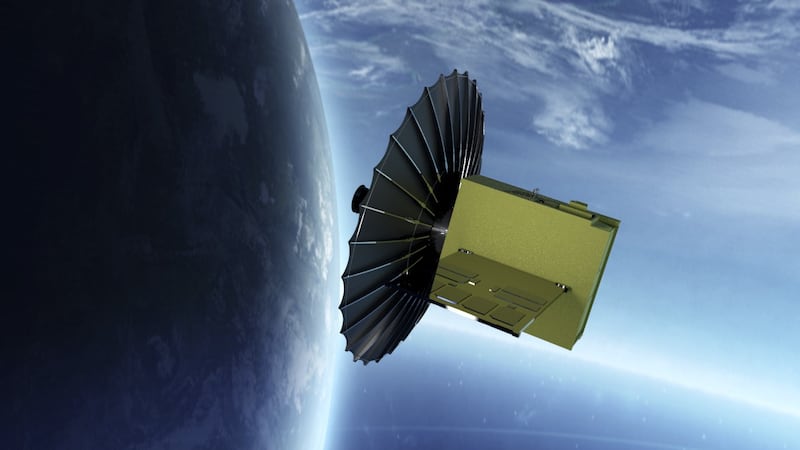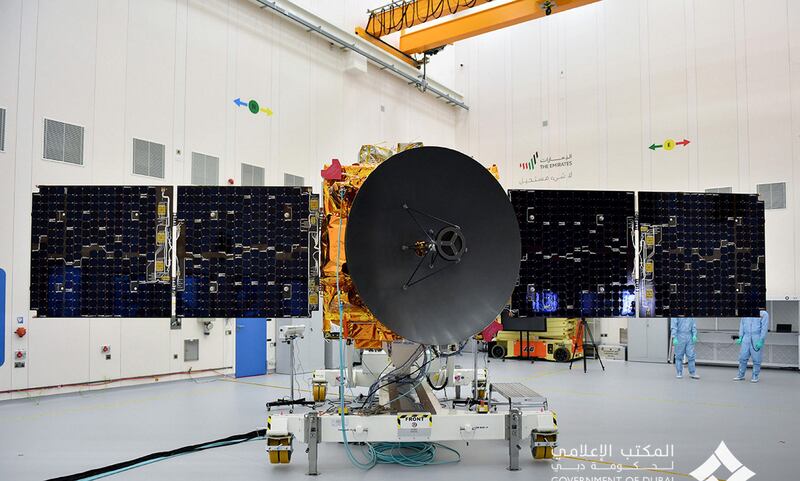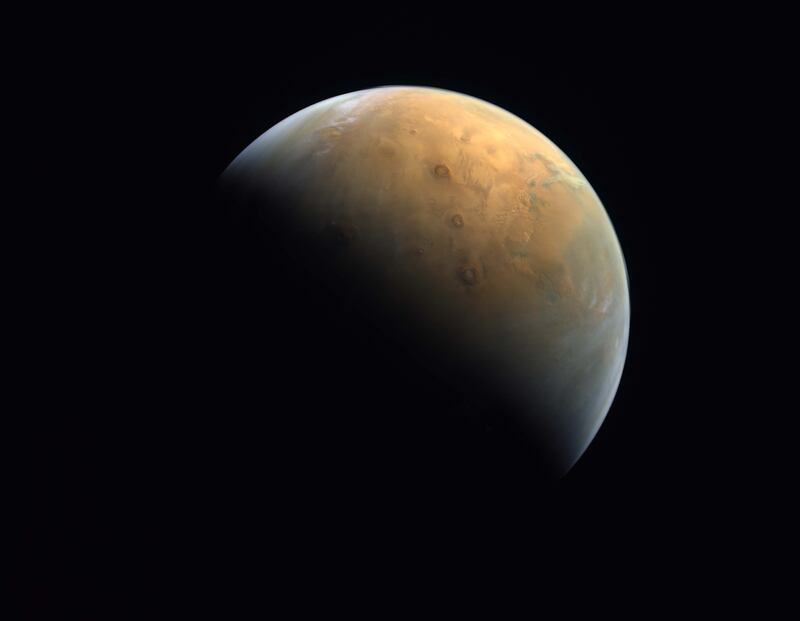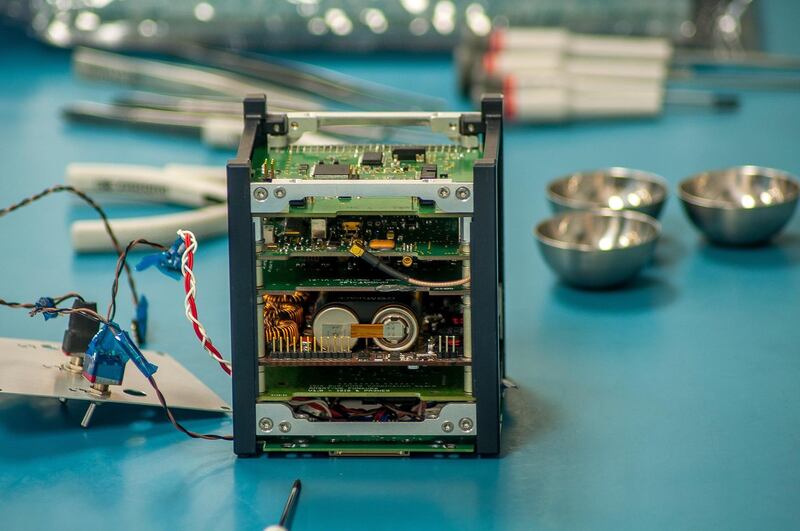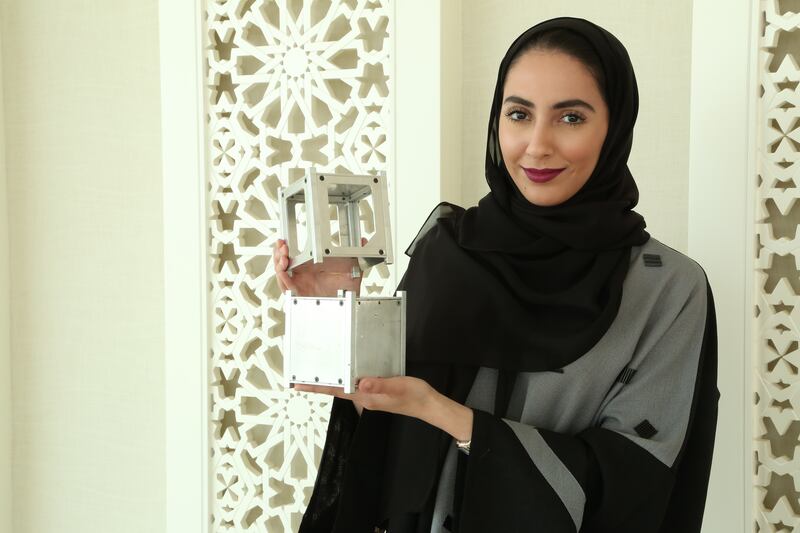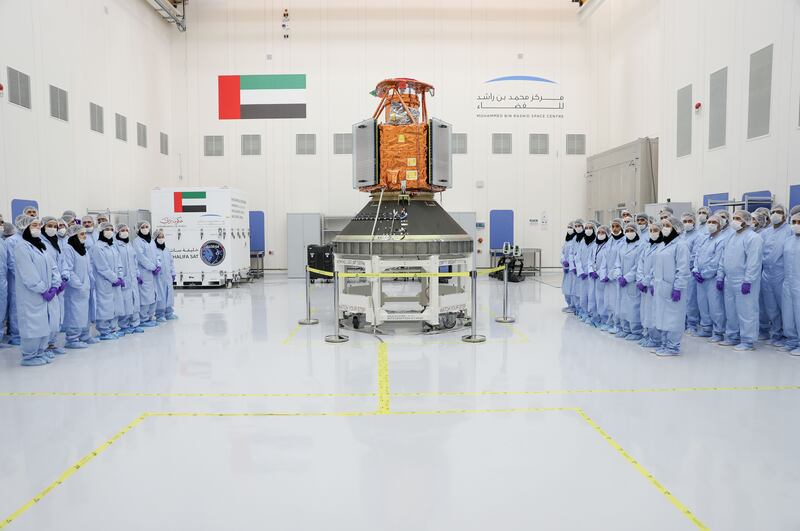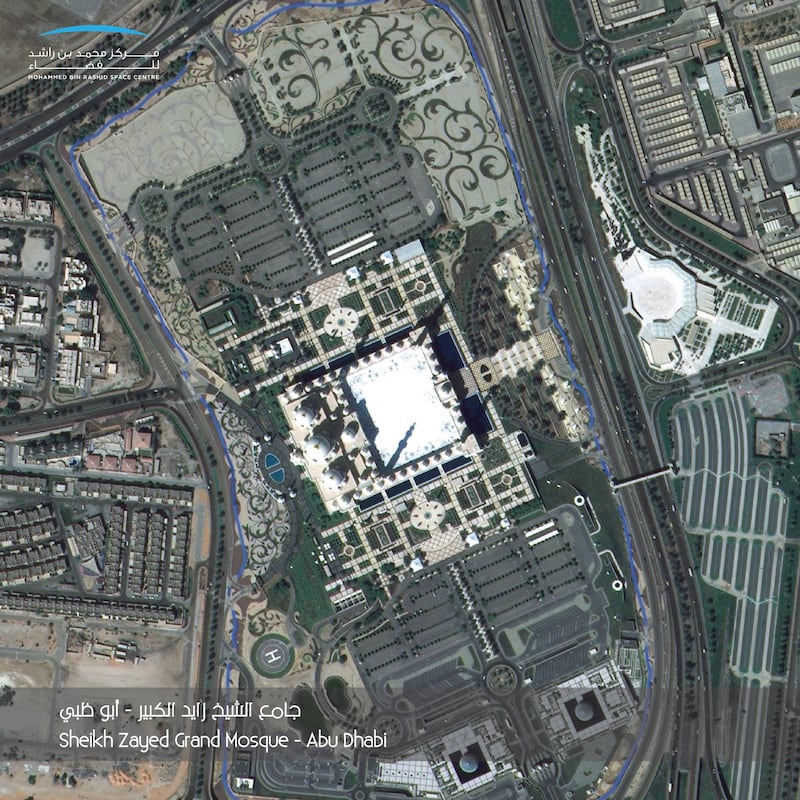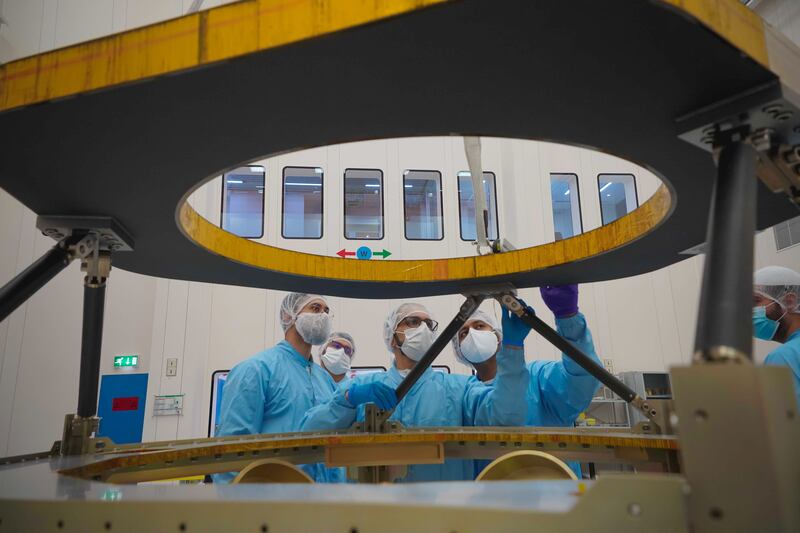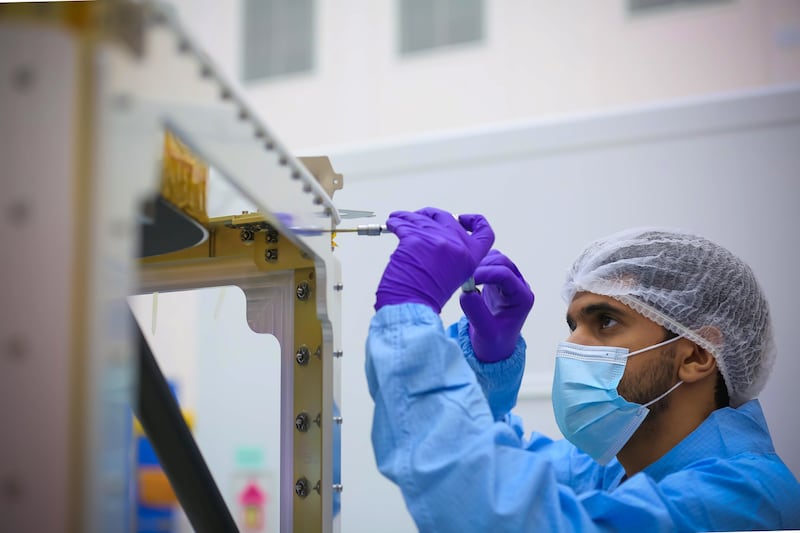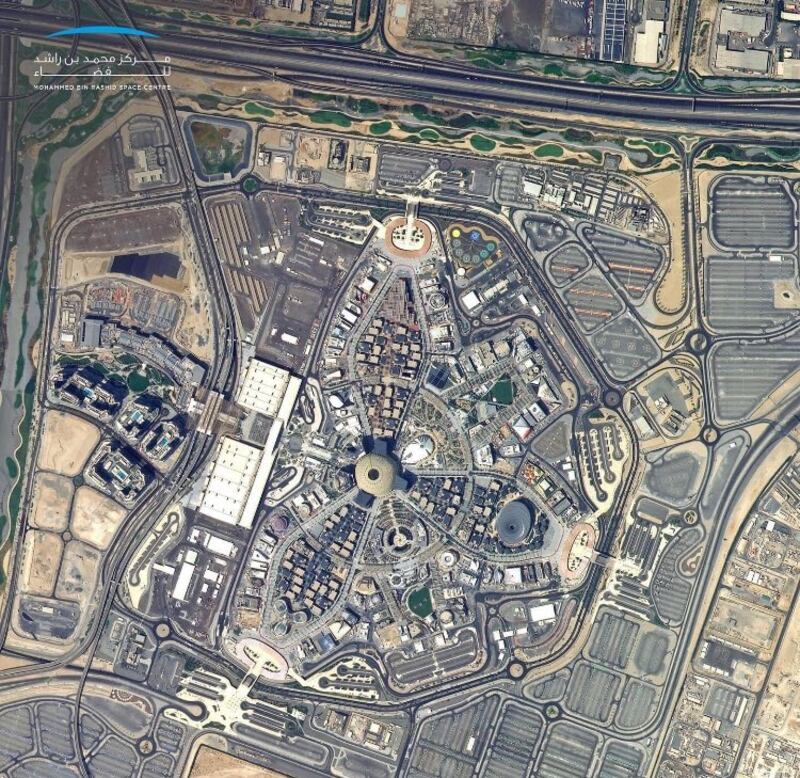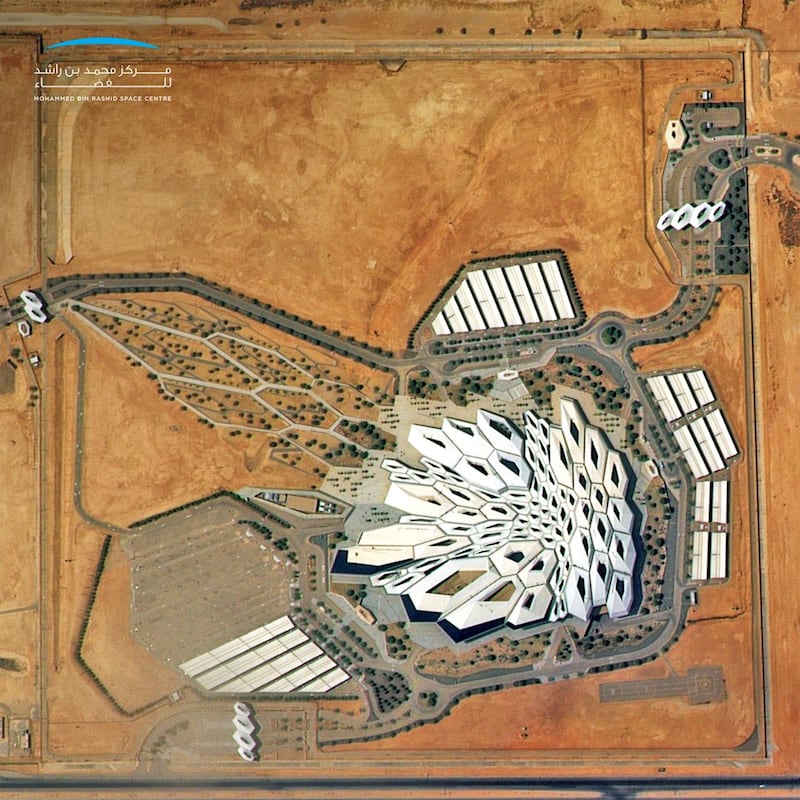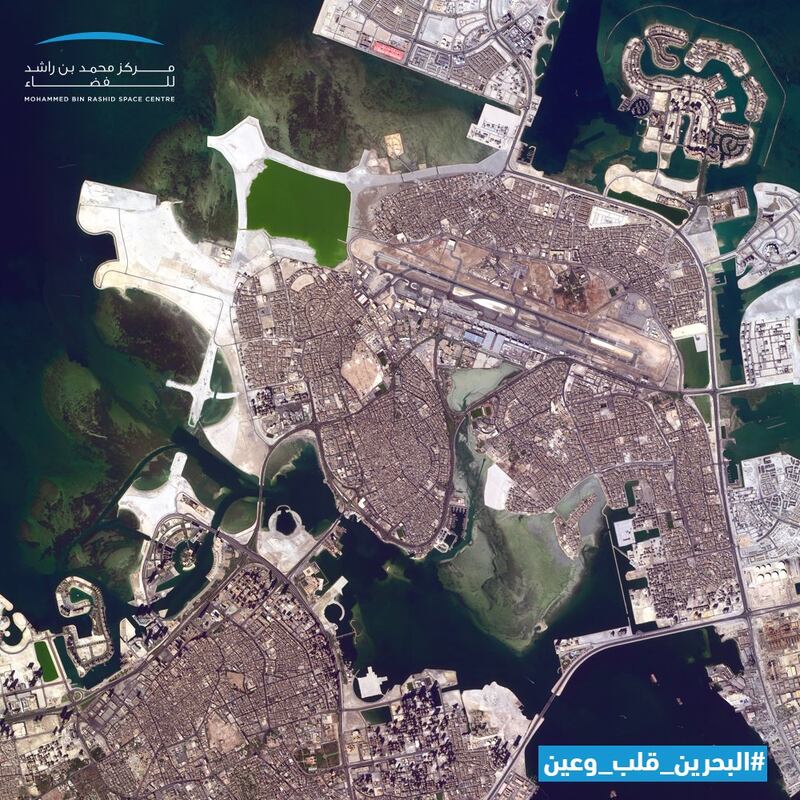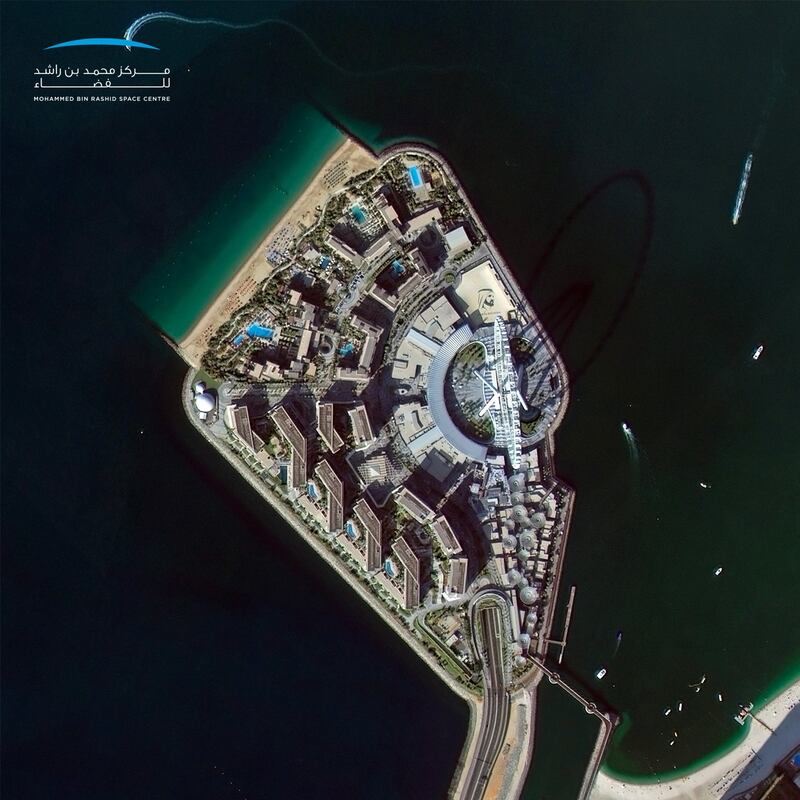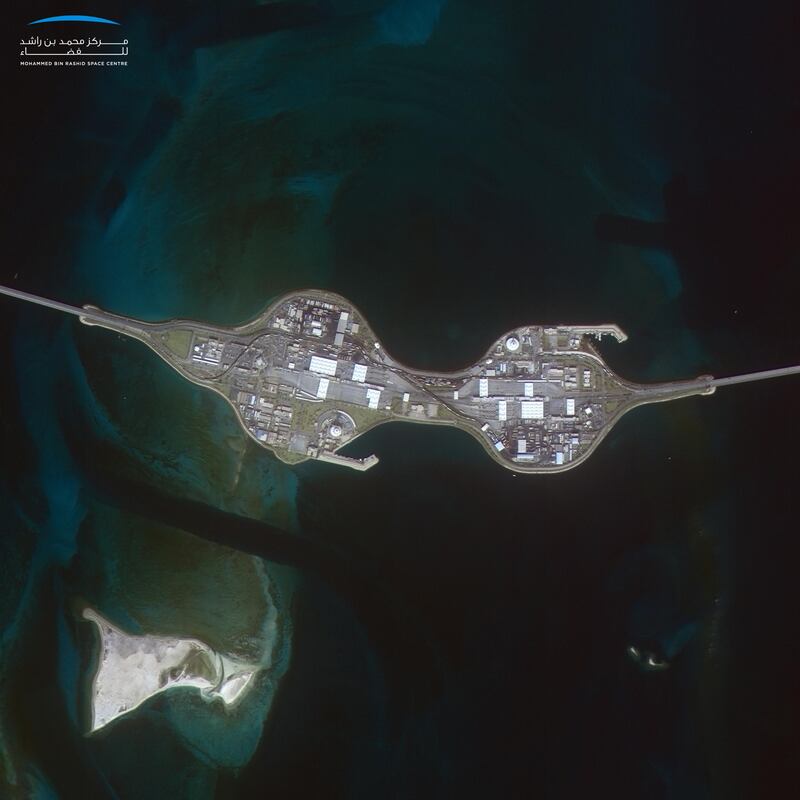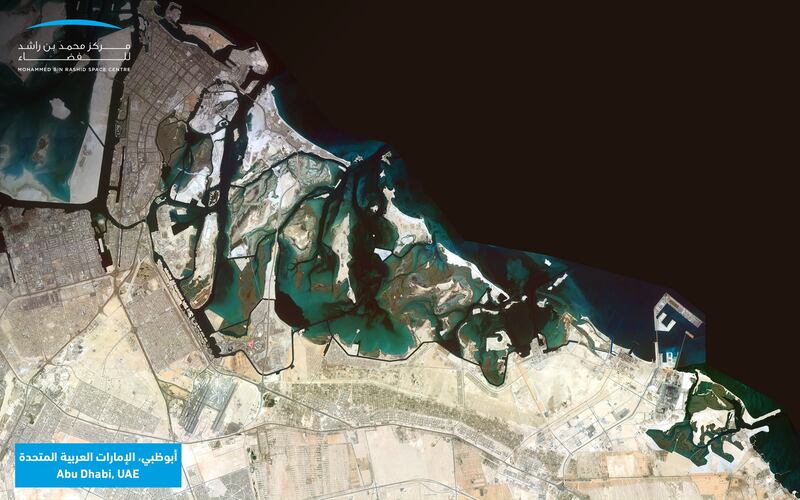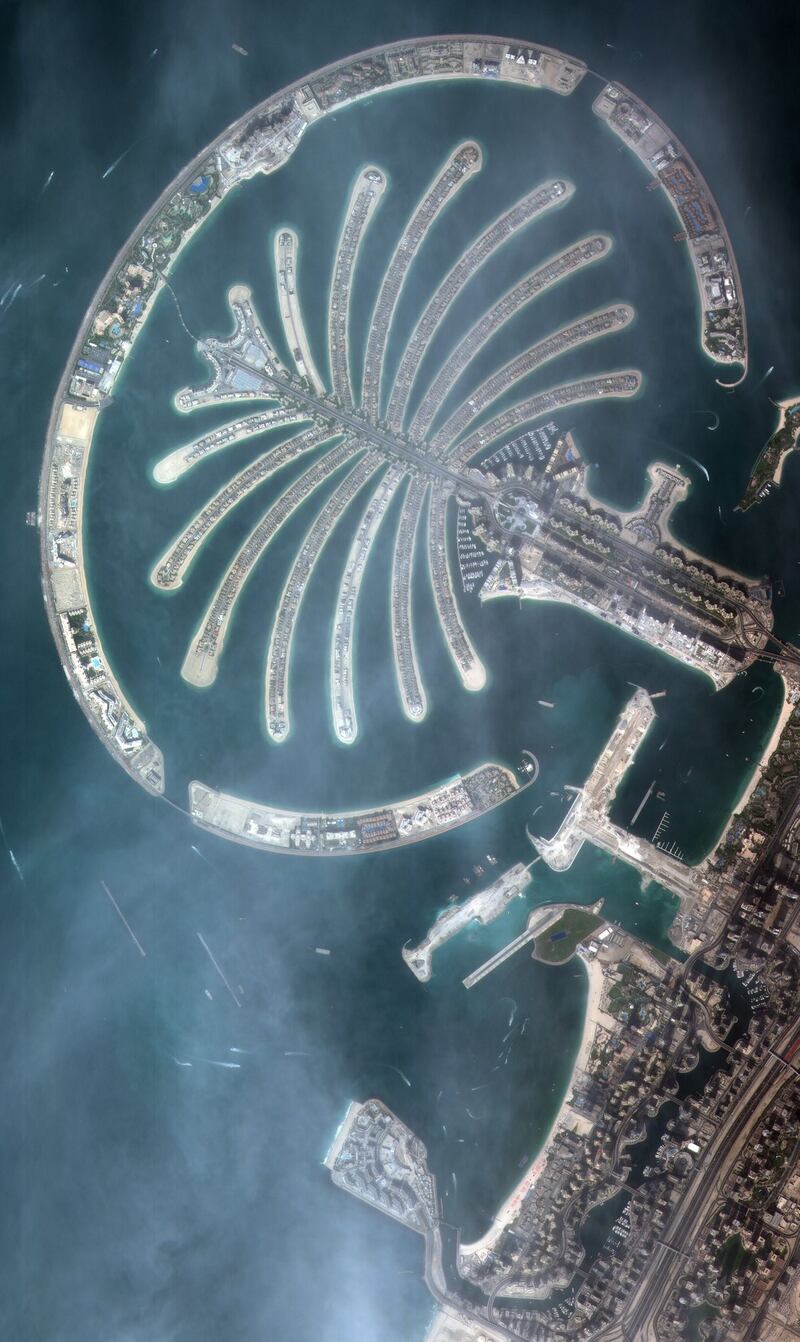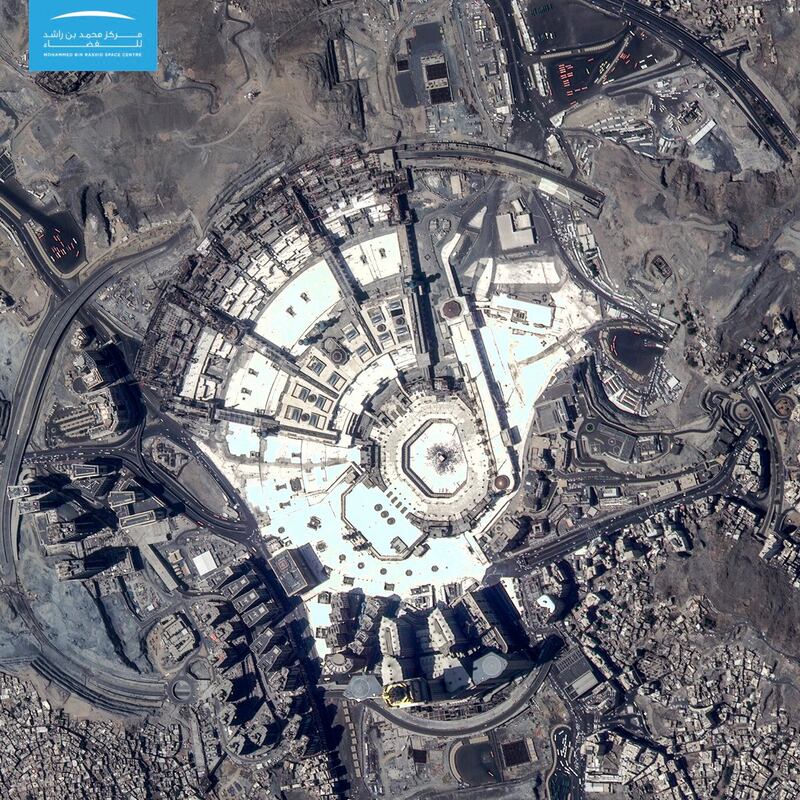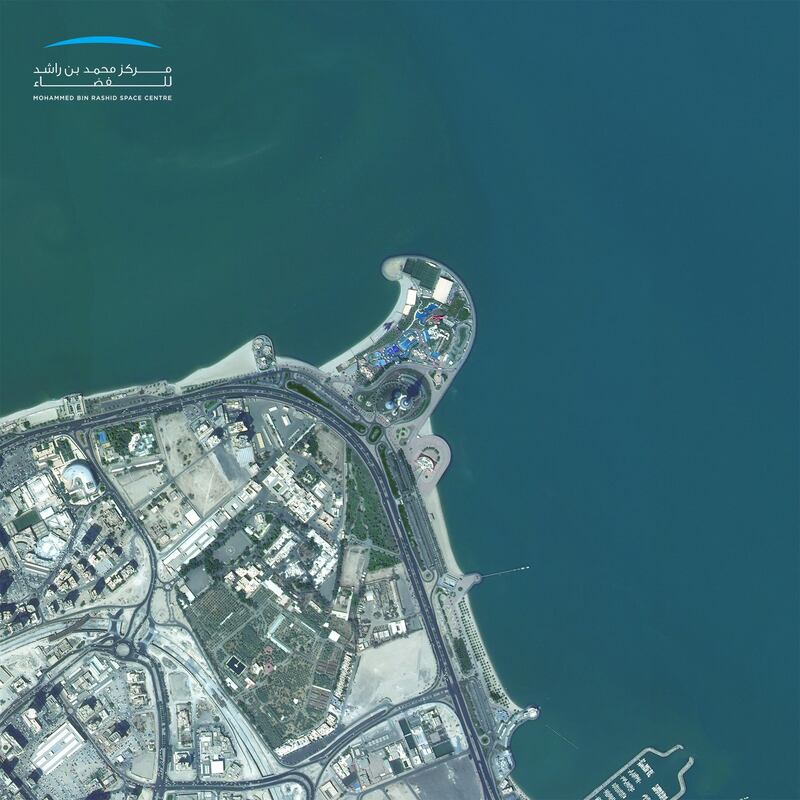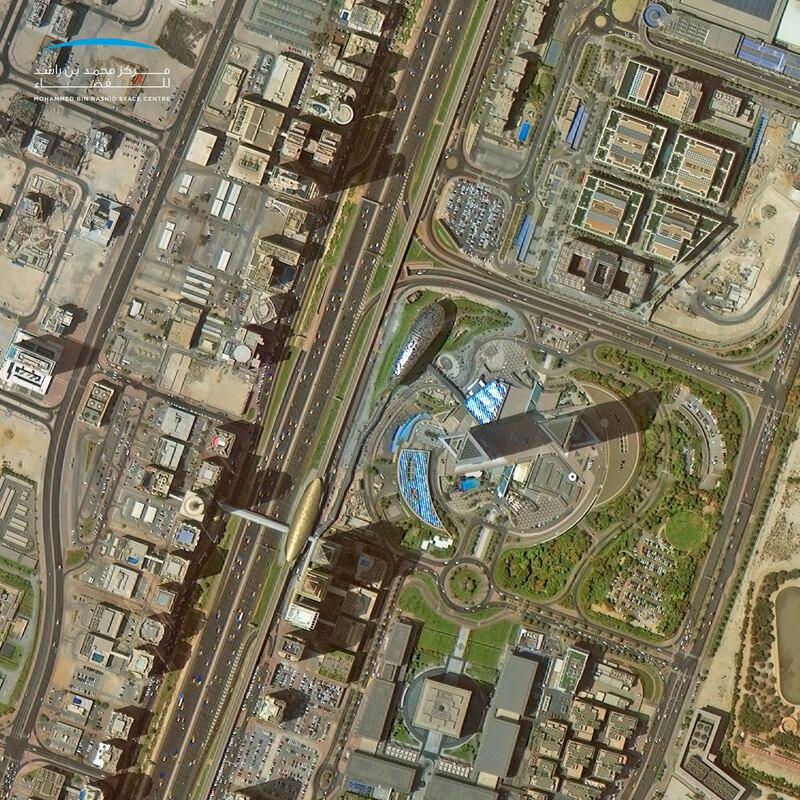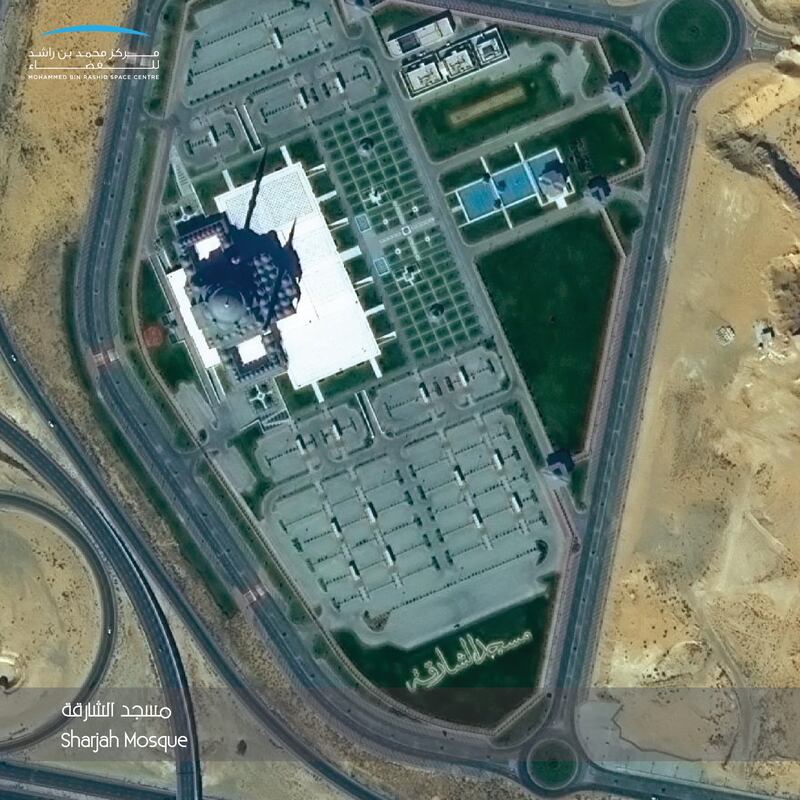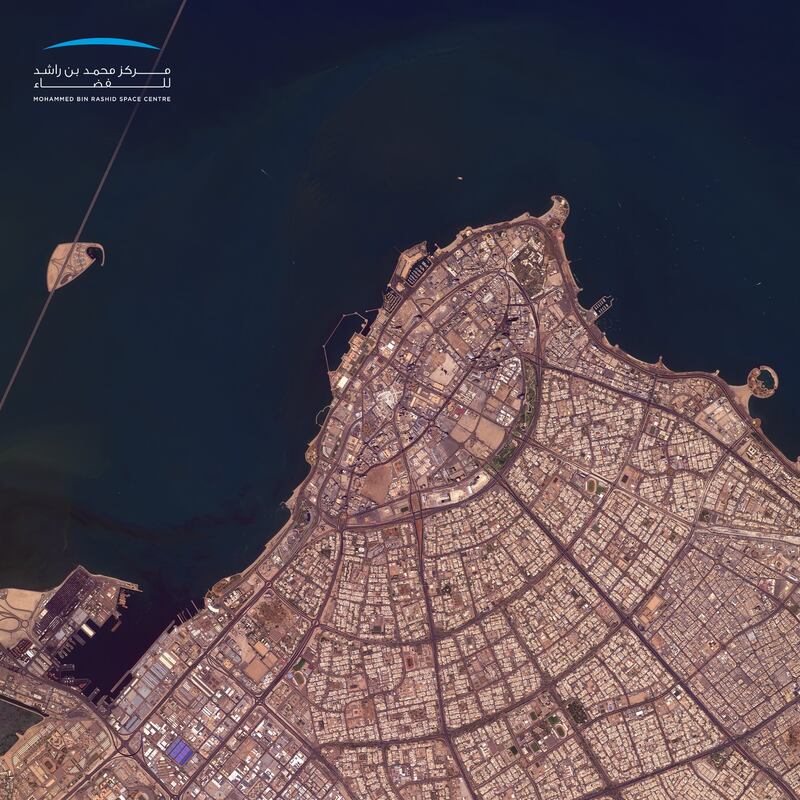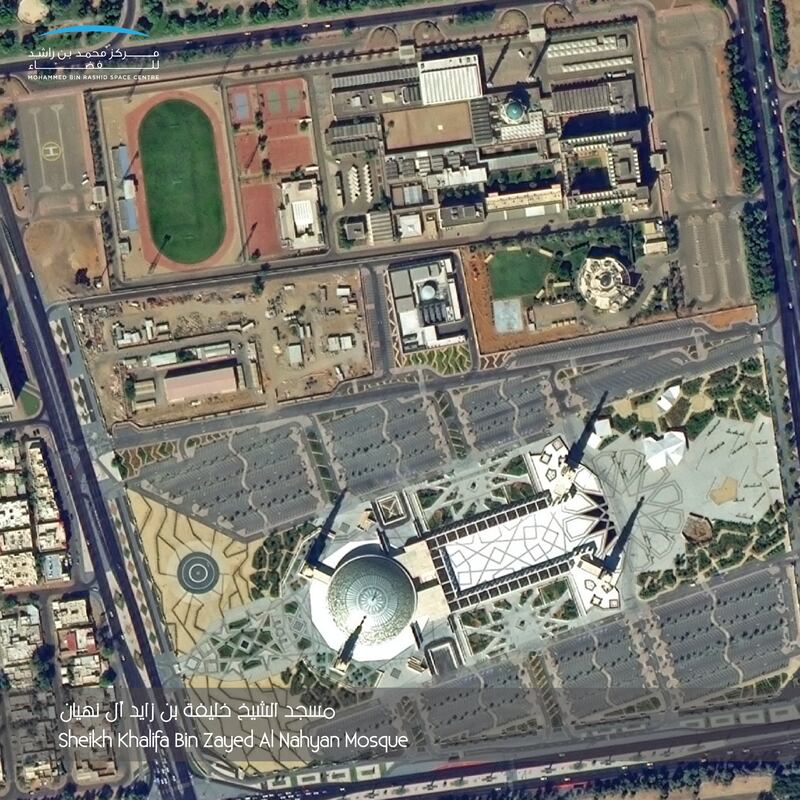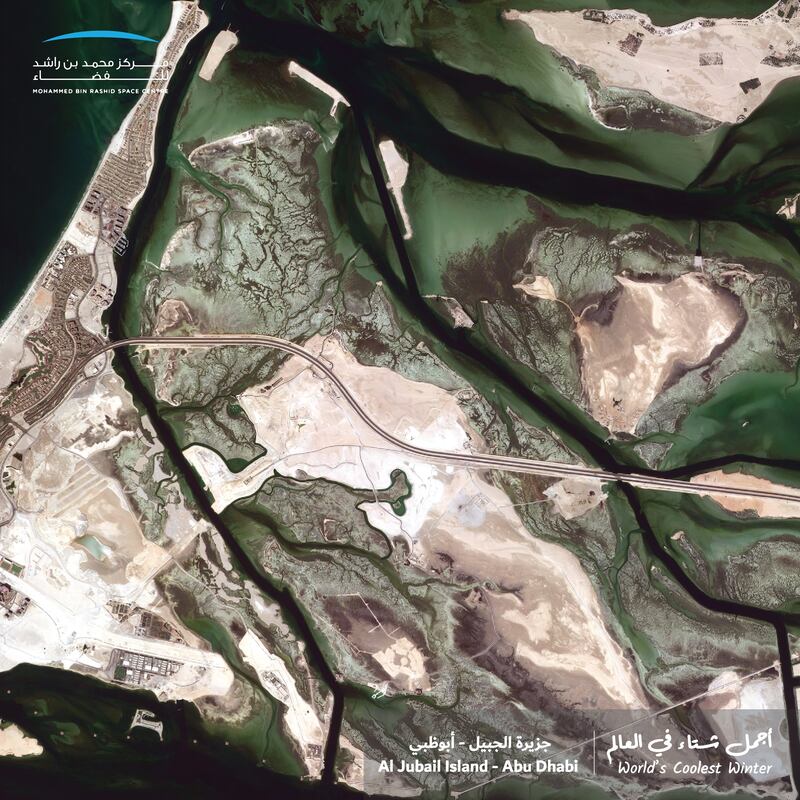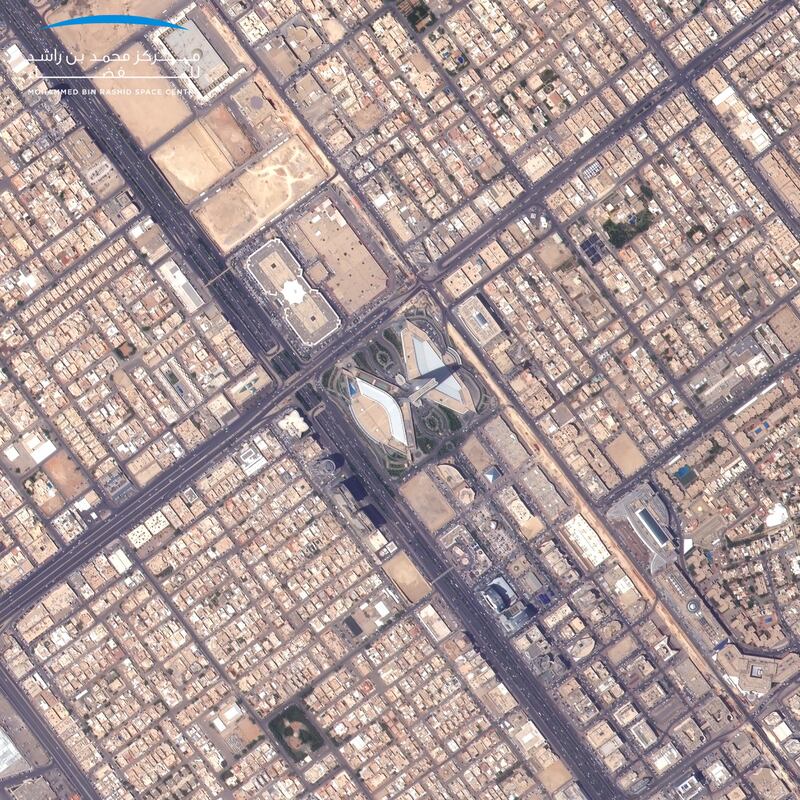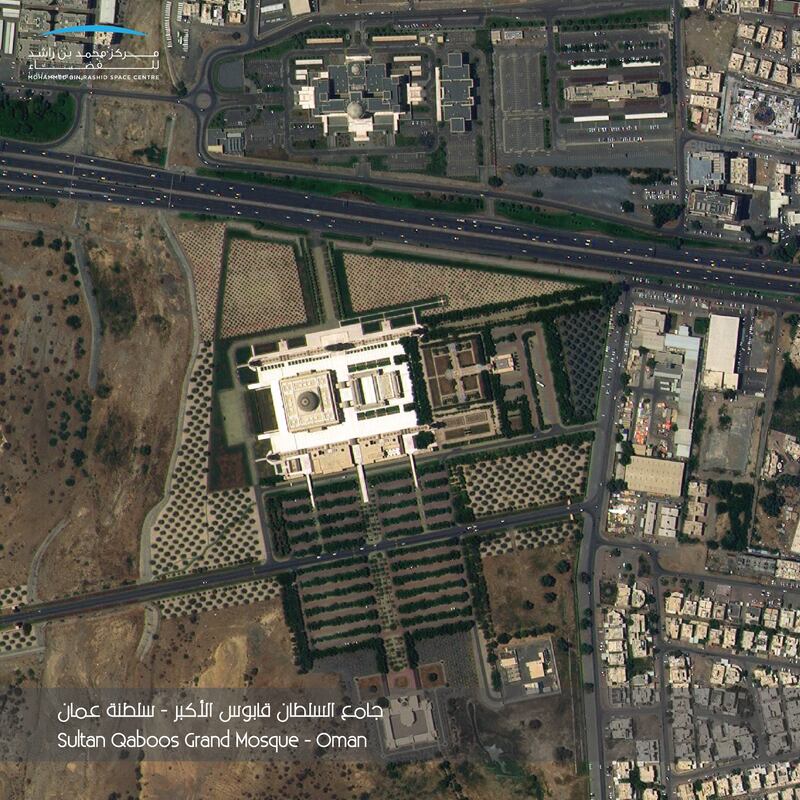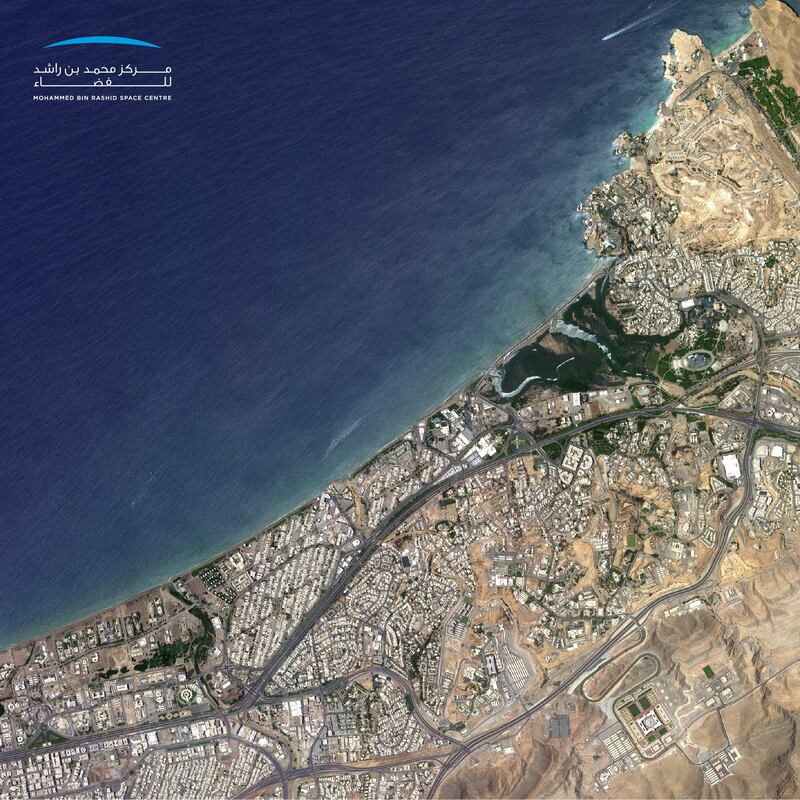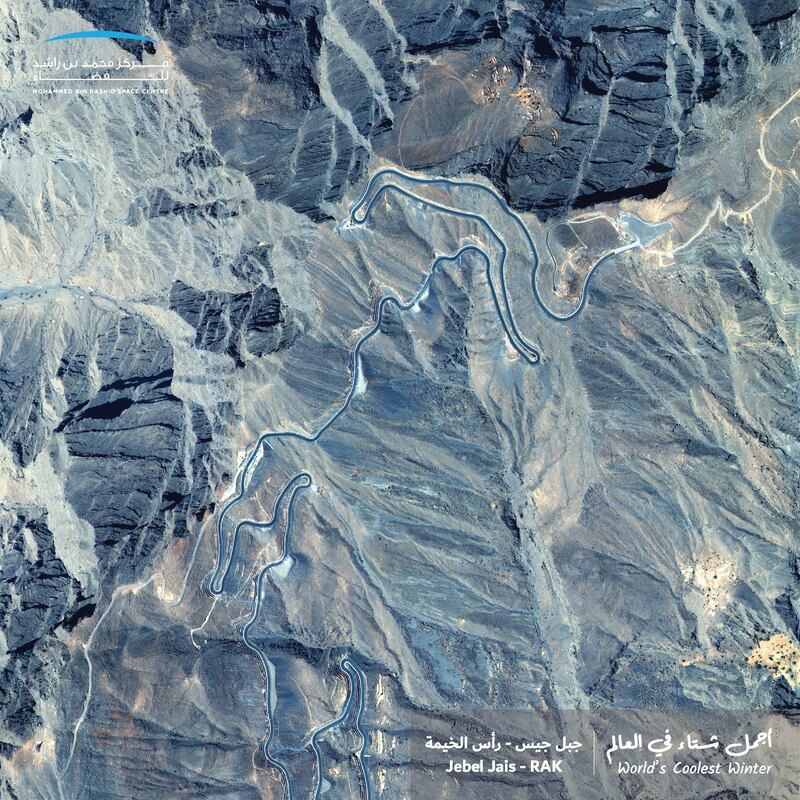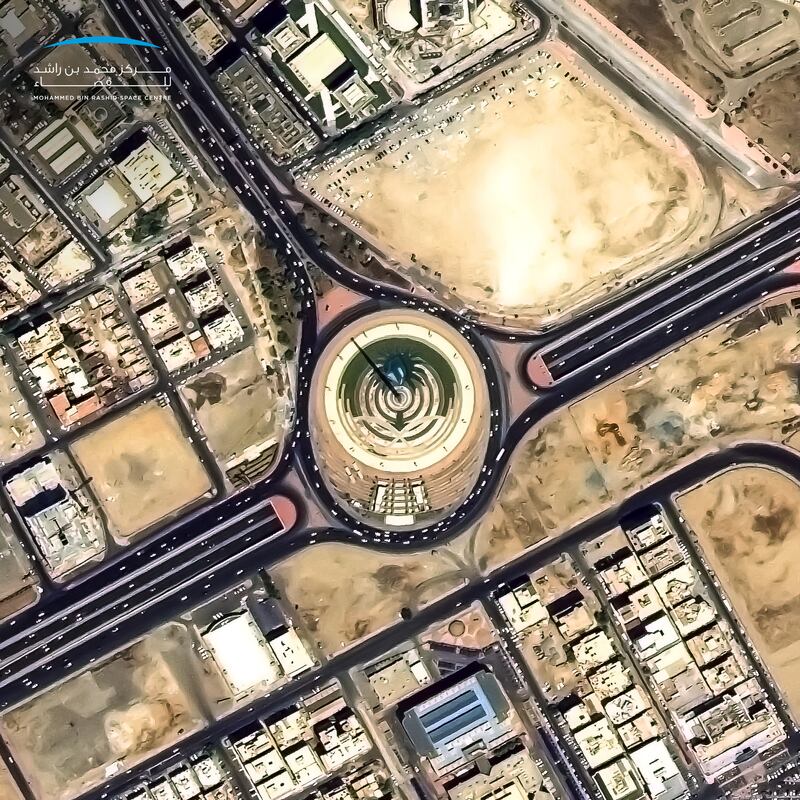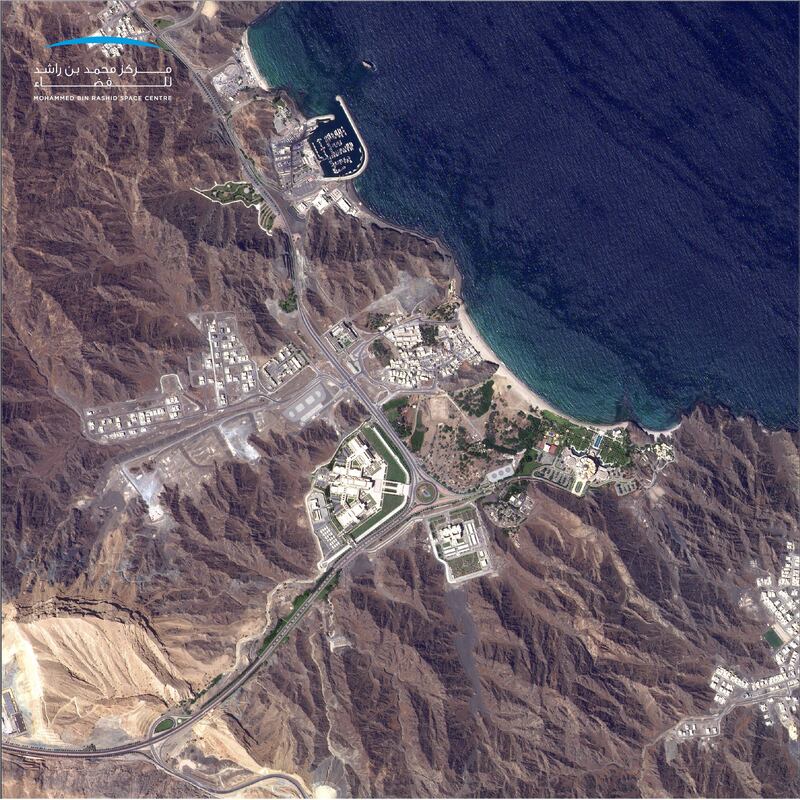The UAE is rapidly making a name for itself in the global space race.
From launching the Arab world's first mission to Mars, to developing a growing astronaut programme, the country has made great strides in a short time.
There is a great significance to many of the titles bestowed on its space projects, which pay tribute to UAE leaders and symbolise the aspirations of the nation.
The National explains the Arabic names of these projects and what they mean.
Al Amal
Al Amal probe made headlines around the world last year, though many will know it by another name.
Al Amal — which translates to Hope in English — became the first craft sent by an Arab nation to enter Mars' orbit on February 9, 2021.
During its history-making journey, Al Amal - Or Hope probe - has beamed back a treasure trove of data and images that is helping scientists to better understand why the planet is losing its atmosphere.
Sheikh Mohammed bin Rashid, Vice President and Ruler of Dubai, said last year that the spacecraft was named ‘Amal’ because the UAE is the “hope of the region”.
“Sheikh Zayed (the late Founder of the UAE) was the hope of the Emirates. The Emirates today is the hope of the region. We don’t know despair or the impossible. That’s why we chose the name 'Hope Probe'. Our youth are the hope for the Arab and Islamic regions. The dream is closer,” Sheikh Mohammed said on Twitter.
“Sheikh Zayed, may his soul rest in peace, said something unforgettable. He said it is the ‘youth who will lead this country towards the top. Hope (probe) will make the Arab dream come true.”
Sirb
Sirb translates as flock of birds.
It is the name of a mission the UAE Space Agency announced last month, which involves developing and launching a radar satellite constellation.
It is hoped that the group of Synthetic Aperture Radar satellites will create highly detailed radar images of land use, ice cover and surface changes, with scientific and commercial applications.
The data can be used to trace oil spills, track maritime vessels and monitor crop yields, a government statement said.
Nayif-1
This was the UAE’s first nanosatellite, developed by Emirati engineering students from the American University of Sharjah and the Mohammed bin Rashid Space Centre.
MBRSC took the word 'Nayif' from a poem. It has multiple meanings, but in this specific case, it meant 'abundance'.
The 1.32-kilogram satellite was launched into a sun-synchronous orbit in 2017 to send and receive messages on amateur radio frequencies.
The programme helped the space centre to train many engineering students, with some who are now full-time employees at MBRSC.
KhalifaSat
This is the UAE’s first domestically built satellite, developed by Dubai's Mohammed bin Rashid Space Centre.
The Earth observation satellite launched into space in 2018 and has been sending back high-resolution images of the globe since.
It is named after Sheikh Khalifa bin Zayed, the late President of the UAE.
The translation of the name is ‘successor’ or ‘leader’.
The space centre distributes the satellite data to local authorities, such as the Dubai Municipality, which uses it for urban planning.
Data from KhalifaSat is also used for humanitarian relief efforts, and some of it is also sold to organisations.
MBZSat
Scheduled for a launch late next year, the MBZSat is the UAE’s first satellite that has been built by private companies.
Overseen by MBRSC, the project is named after the President Sheikh Mohammed.
The space centre hopes that it will be the region’s most powerful imaging satellite, with a resolution much higher than KhalifaSat.
